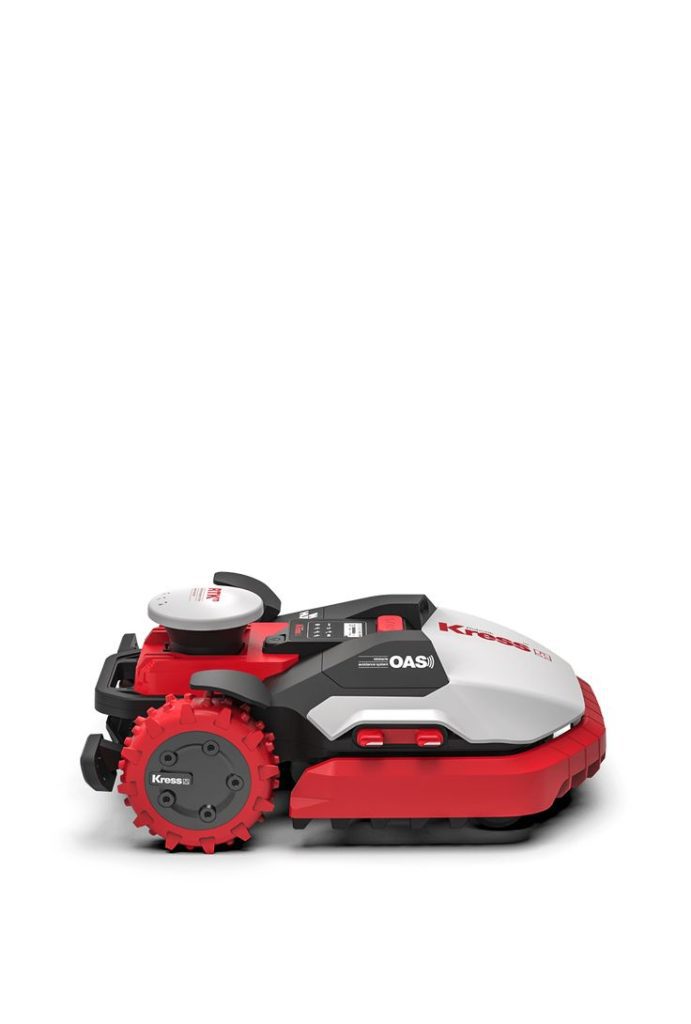As smart home technology continues to integrate seamlessly into our daily lives, it’s only natural that our outdoor appliances would follow suit. Robotic lawn mowers are no exception, with an increasing number of models offering robust smart home compatibility. For homeowners who appreciate the convenience of controlling devices with voice commands, automated routines, or a unified app ecosystem, a smart home compatible robot mower is the ultimate upgrade. These intelligent machines not only maintain your lawn but also become an integral part of your connected living space.
What Makes a Robot Mower Smart Home Compatible?
A robot mower’s smart home compatibility typically revolves around its ability to communicate with other smart devices and platforms. This usually involves:
- Wi-Fi or Cellular Connectivity: Essential for remote control, monitoring, and integration with cloud-based smart home services.
- Smartphone App Control: The primary interface for scheduling, adjusting settings, monitoring status, and receiving alerts from anywhere.
- Voice Assistant Integration: Compatibility with popular voice assistants like Amazon Alexa or Google Assistant allows for hands-free control (e.g., “Alexa, tell the mower to start”).
- API (Application Programming Interface) Access: For more advanced users, an open API allows for custom integrations with home automation hubs or scripting.
- IFTTT (If This Then That) Support: Enables the creation of custom automation rules, linking the mower’s actions to other smart devices or conditions (e.g., “If weather forecast predicts rain, then pause mowing”).
Benefits of Smart Home Integration
Integrating your best robot mower into your smart home ecosystem offers several advantages:
- Ultimate Convenience: Control your mower from anywhere, whether you’re at home or away, using your smartphone or voice.
- Automated Routines: Set up schedules that adapt to your lifestyle or external conditions. For example, pause mowing when your smart security camera detects motion in the yard, or start mowing after your smart irrigation system finishes watering.
- Unified Control: Manage your lawn care alongside your lighting, thermostat, and security system from a single app or voice command.
- Real-time Monitoring: Receive instant notifications about your mower’s status, battery level, or any issues (e.g., “Mower stuck,” “Battery low”).
- Weather Adaptability: Some smart mowers can access local weather forecasts, automatically delaying mowing if rain is predicted, preventing damage to your lawn and the mower.
Top Smart Home Compatible Robot Mower Options
When looking for a robot mower that truly integrates with your smart home, consider models from brands that prioritize connectivity and offer robust app experiences:
- Models with Robust Wi-Fi/Cellular Connectivity: These mowers offer the most seamless integration. Look for strong Wi-Fi antennas or reliable cellular modules that ensure consistent communication with your home network and cloud services. Cellular connectivity is particularly useful for larger properties where Wi-Fi might not reach the entire mowing area.
- Mowers with Comprehensive App Features: A well-designed app is the cornerstone of smart control. It should allow for easy scheduling, real-time tracking, detailed diagnostics, firmware updates, and remote troubleshooting. The more control and information the app provides, the better the smart home experience.
- Voice Assistant Champions: Brands that explicitly advertise compatibility with Amazon Alexa and Google Assistant, and demonstrate smooth voice command execution, are excellent choices. This allows for simple commands like “Start mowing,” “Stop mowing,” or “Send mower home.”
- Open Ecosystem Enthusiasts: Some manufacturers are more open to third-party integrations, offering IFTTT channels or public APIs. This provides greater flexibility for advanced users to create custom automation scenarios.
Important Considerations for Smart Home Integration
- Network Reliability: Ensure you have a strong and stable Wi-Fi signal covering your entire lawn, or consider a model with cellular connectivity if your Wi-Fi range is limited outdoors.
- Subscription Fees: Some advanced features, especially those relying on cellular data or cloud services (like GPS tracking or remote disabling), might require an ongoing subscription. Factor this into your long-term cost.
- Privacy and Security: As with any connected device, consider the manufacturer’s stance on data privacy and security protocols to protect your home network.
- Ease of Setup: While smart features offer convenience, ensure the initial setup process for connecting to your network and smart home ecosystem is straightforward.
Conclusion
For the modern homeowner, a robot mower that seamlessly integrates into a smart home ecosystem offers the ultimate in convenience and control. By choosing a model with strong connectivity, intuitive app control, voice assistant compatibility, and robust smart features, you can transform your lawn care into an effortless, automated experience that perfectly complements your connected lifestyle.


